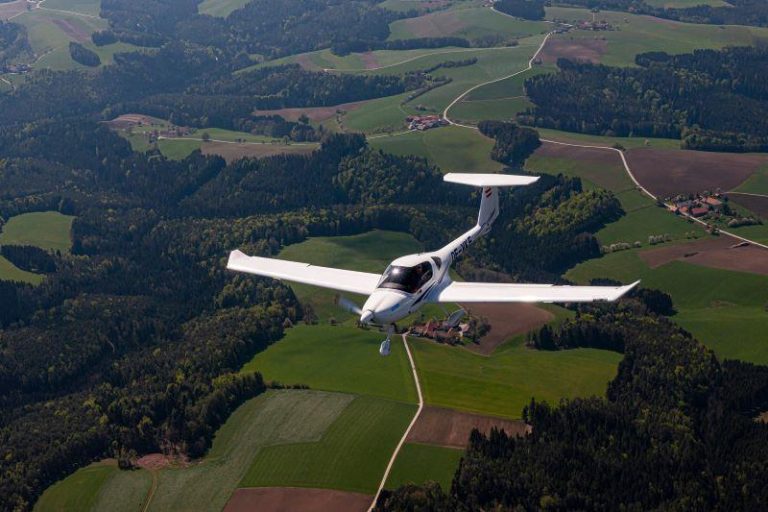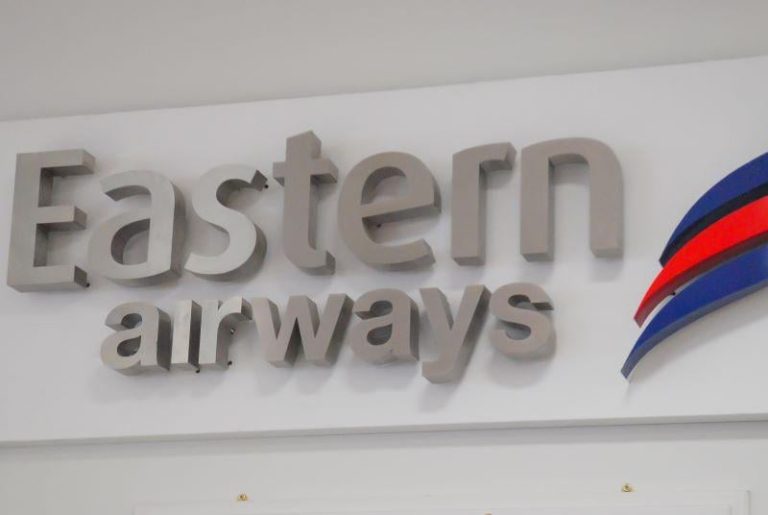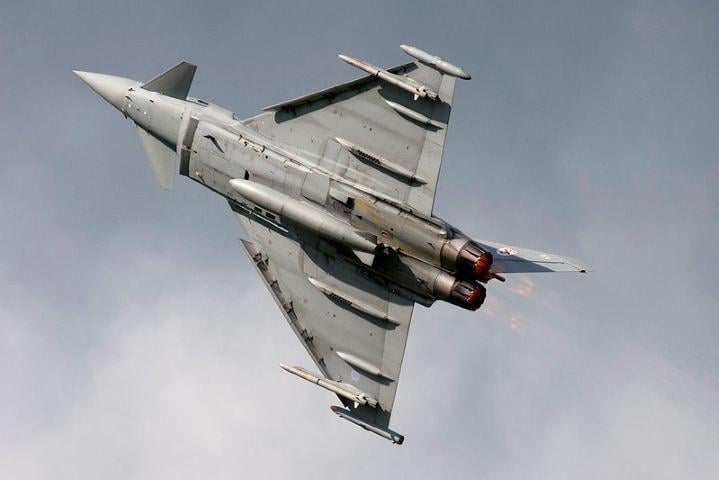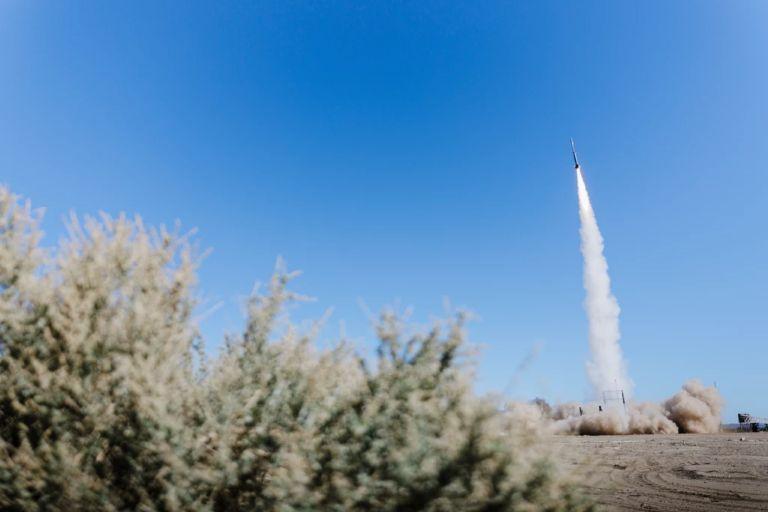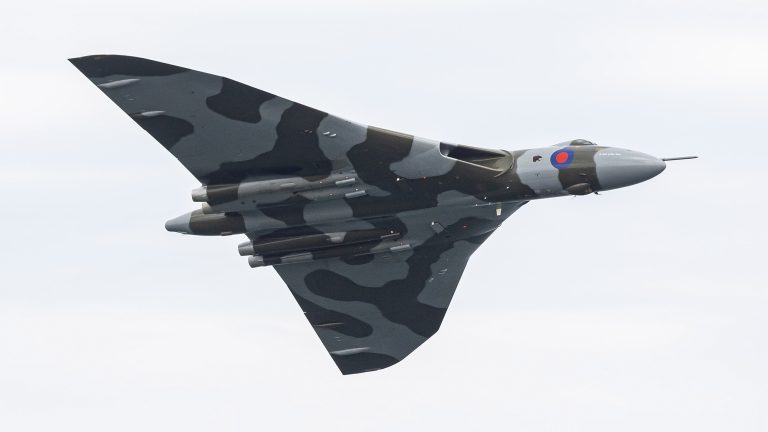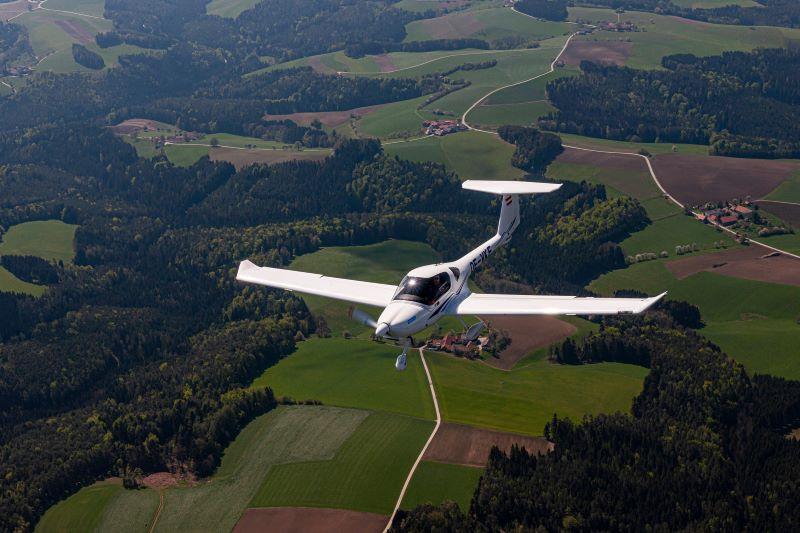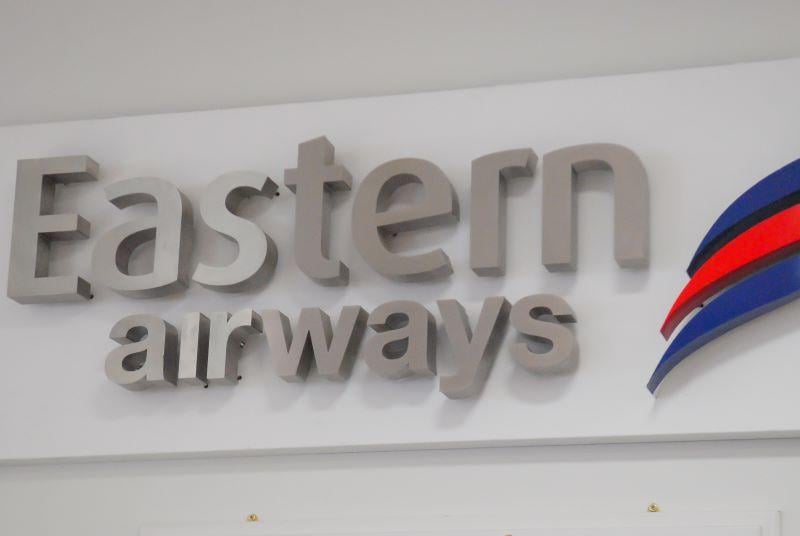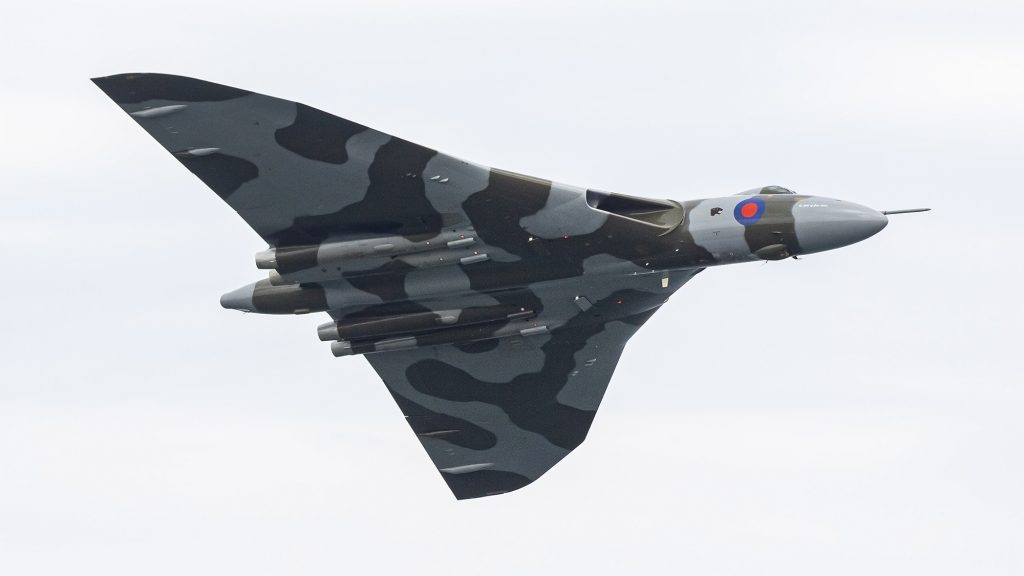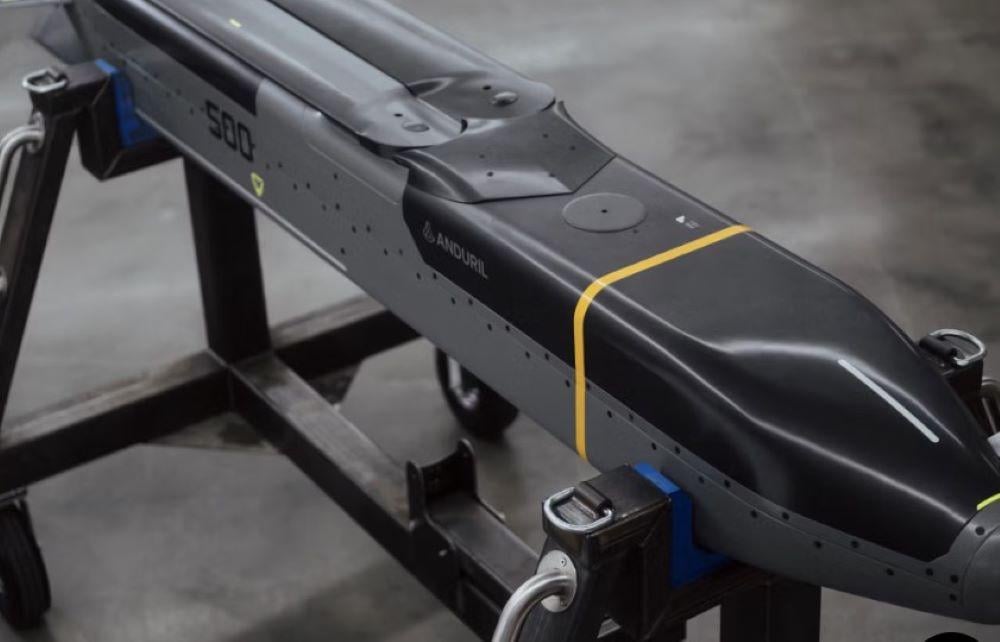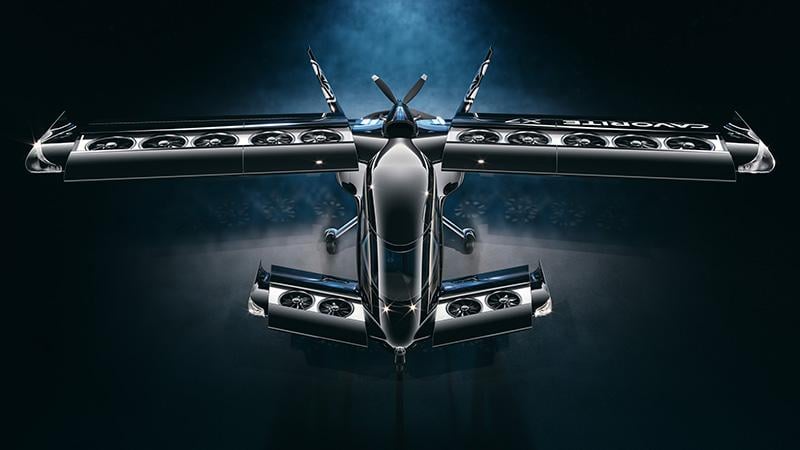Sept. 12, 1933, changed the future of air transportation.
Eddie Allen, test pilot for Douglas, and Trans World Airlines (TWA) copilot Tommy Tomlinson were up front on the DC-1, which had made its first flight only two months earlier. Winslow, Arizona, was 4,250 ft. up, temperatures were in the 90s (Fahrenheit) and the DC-1 carried ballast equivalent to 12 passengers, bags and mail. It was a tough challenge for any aircraft and Allen was about to make it tougher.
At the moment of takeoff, Allen told Tomlinson, “Gear up!” and cut the right engine. Flight engineer Frank Collbohm feathered the controllable-pitch propeller. Allen trimmed the airplane according to calculations by engineer Bailey Oswald, who had a personal interest in their accuracy, since he was riding the jump seat.
With the left-hand Wright Cyclone hammering away on all nine cylinders, the DC-1 established and maintained a positive climb rate. It crossed the Continental Divide at Gallup, New Mexico, and continued to Albuquerque with the No. 2 engine still resting. A high-performance, high-wing-loading twin had proven that the second engine could do more than get you to the accident site.
Eighty percent faster than TWA’s three-engine, fixed-gear Fords and Fokkers, the production-model DC-2 and the enlarged DC-3—flown at the end of 1935—consigned the older aircraft to bush flying or the scrapyard. DC-3s are still in service 90 years on. If that wasn’t a revolution, not much is.
After promising a revolution for eight years, and the thick end of $20 billion invested, it’s past time for advanced air mobility (AAM) to have its own Winslow test. It doesn’t need to be complicated. Two points, 25 mi. apart. A round-trip, vertical-takeoff-and-landing (VTOL) flight on one charge, with legal energy reserves, a pilot and 800 lb. of ballast.
Twenty-five mi. is a market minimum: If the range is less, a system where you need to get to and from vertiports offers little value over a door-to-door car, except in peak-hour, crawler traffic—and that use case won’t pay the bills.
The fact that none of the dozens of electric vertical-takeoff-and-landing (eVTOL) contenders have demonstrated a basic mission shows that it is difficult. Longer non-stop flights don’t prove much, because vertical flight consumes much more energy than level cruising flight.
The difficulty is rooted in the aerodynamics and energetics of a multi-rotor electric VTOL. The multi-rotor has a higher disk loading than a similar-sized helicopter, so it needs more power to generate equal lift. The best battery has a small fraction of the energy of an equal mass of jet fuel.
Although electric power is efficient at converting energy into force, it doesn’t make up the difference: eVTOLs seen so far close at a total mass in the 6,000-lb. class and up, measuring 50 ft. from rotor tip to rotor tip. Helicopters in the same weight class carry larger payloads farther and faster and take up less space on the ground.
Nor do batteries act like fuel: Their capacity decays with time and usage, and a low battery may not be able to sustain the same discharge rate as a fully charged one. An electric car driver may not notice, but an aircraft needs a minimum level of guaranteed power. Erika Holtz, heading electric-propulsion efforts for seaplane operator Harbour Air, was recently quoted as saying that “battery time remaining varies so much with slight changes in engine power. We are not yet settled on what will be required for the certification aircraft.”
The eVTOL cycle is harder on the battery than that of a fixed-wing aircraft, with back-to-back high-rate discharges for takeoff and landing every 15-30 mins. Beta Technologies raised some eyebrows in a recent S-1 Securities and Exchange Commission filing by stating that its aircraft could require an annual battery change at $650,000 a time, or $2,500 per working day. Other researchers simulating flight cycles have shown measurable decay after dozens of flights.
The question of what payload and range eVTOLs can guarantee, without spending half their lives connected to chargers or toasting half-million-dollar batteries, is real. Investors should ask: What if the early visionaries crossed their fingers and extrapolated 2010s battery improvements out to 2030, but the technology has not obediently followed the trend line?
The writer Johann Wolfgang von Goethe, in a lighter moment when he wasn’t scribbling about homicidal forest-ghosts, wrote a rude little verse that roughly translates as:
Wanted, a puppy-dog/Who never growls and never bites/Who eats broken glass/And poops diamonds.
A couple of years ago, you could hold out hope for a Goethe’s-puppy battery—powerful, durable, safe, affordable—coming out of a lab somewhere, but time for that may have run out.
There are other valid arguments about eVTOL certification, operability, economics and passenger appeal. None of them counts for a non-flying fig, either way, until the aircraft can perform a mission. That’s why a Winslow test is important.
Bill Sweetman, principal of Valkyrie Strategic Solutions LLC, is a former Aviation Week & Space Technology editor, a veteran aerospace writer and a sometime industry executive.

